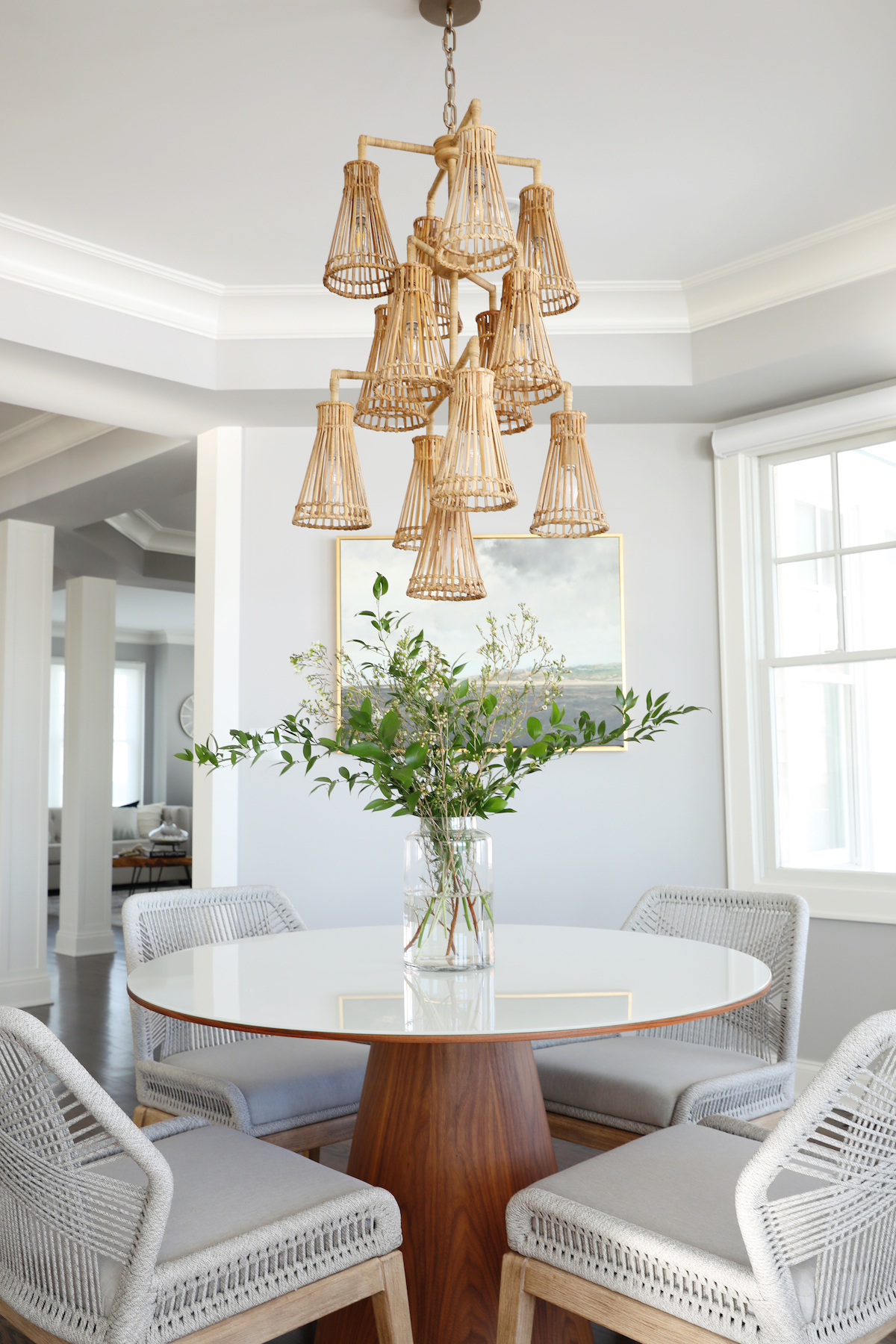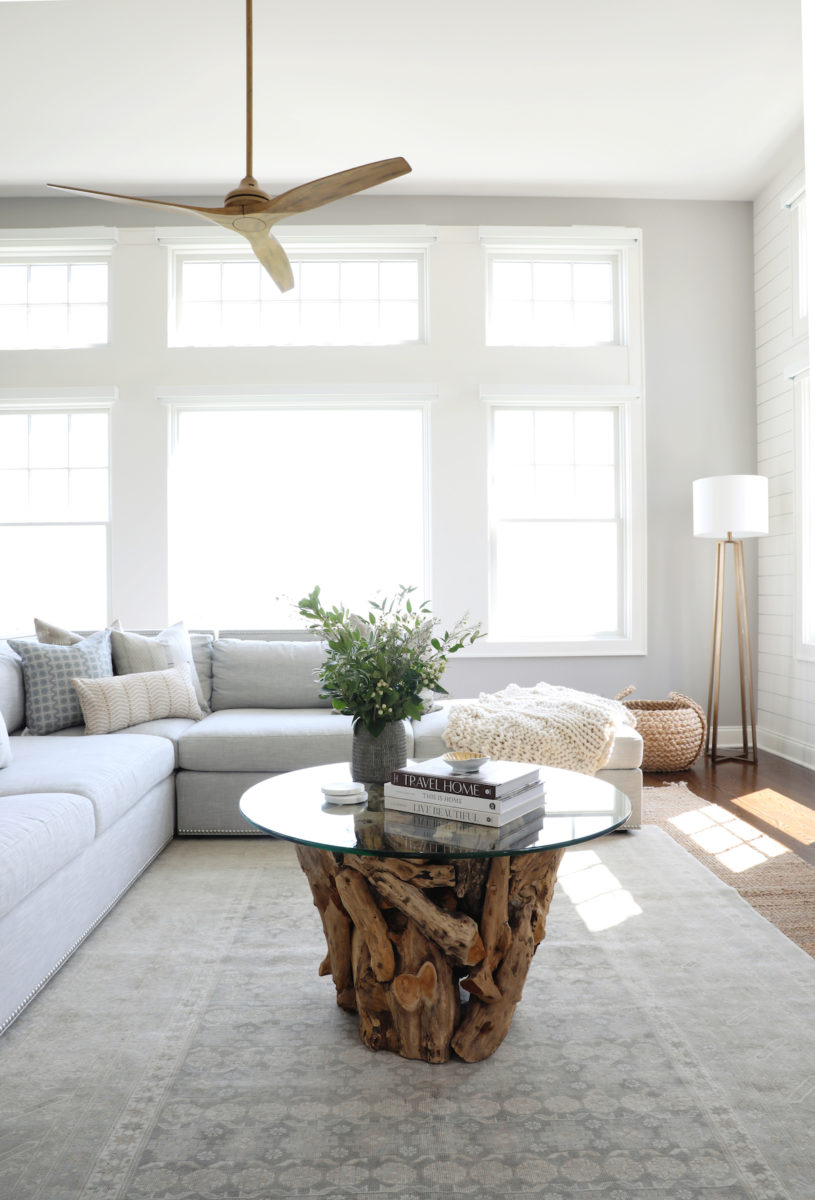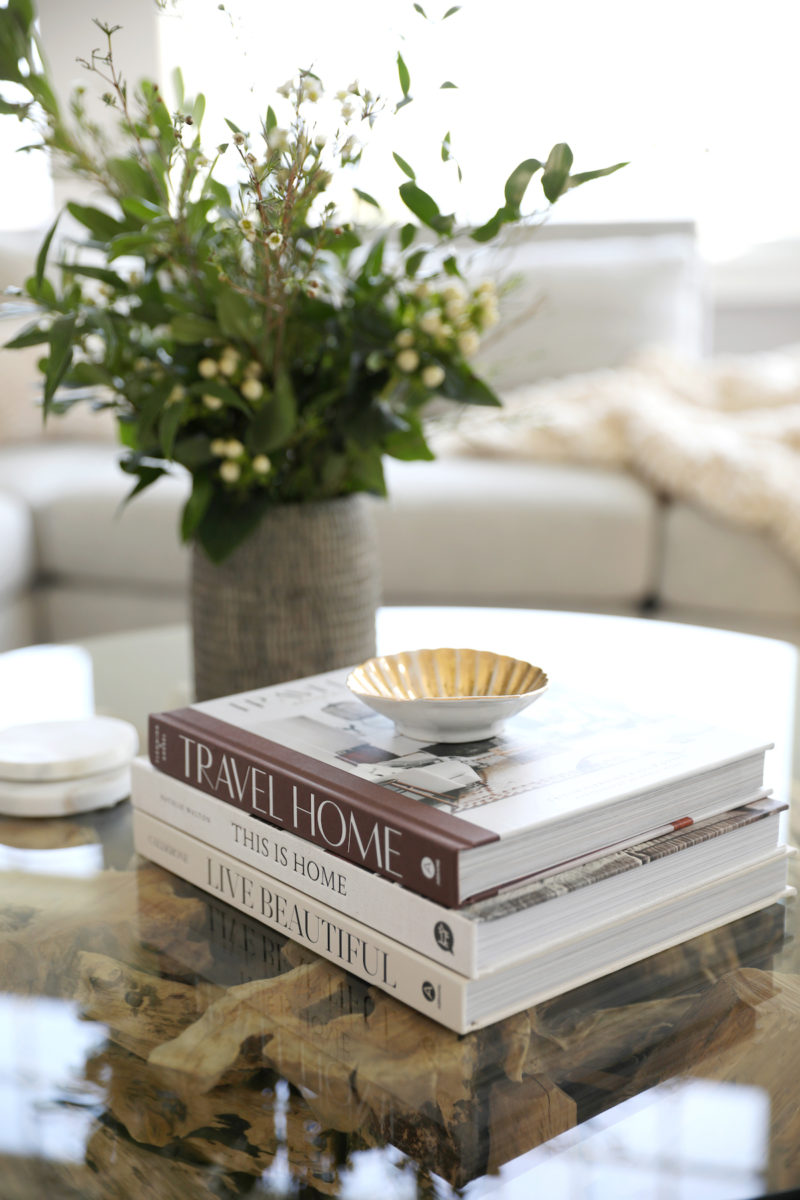Lauren Sullivan knows that good design is more than just aesthetics, it has the ability to provide calm and balance. When she designs a space for her clients she listens closely to what they’re saying and how they are saying it. It’s with this incredible skill and thoughtfully chosen pieces that her designs take shape and homes become healing sanctuaries. Enjoy a moment of zen while scrolling through these dreamy photos taken by Jennifer Lavelle.
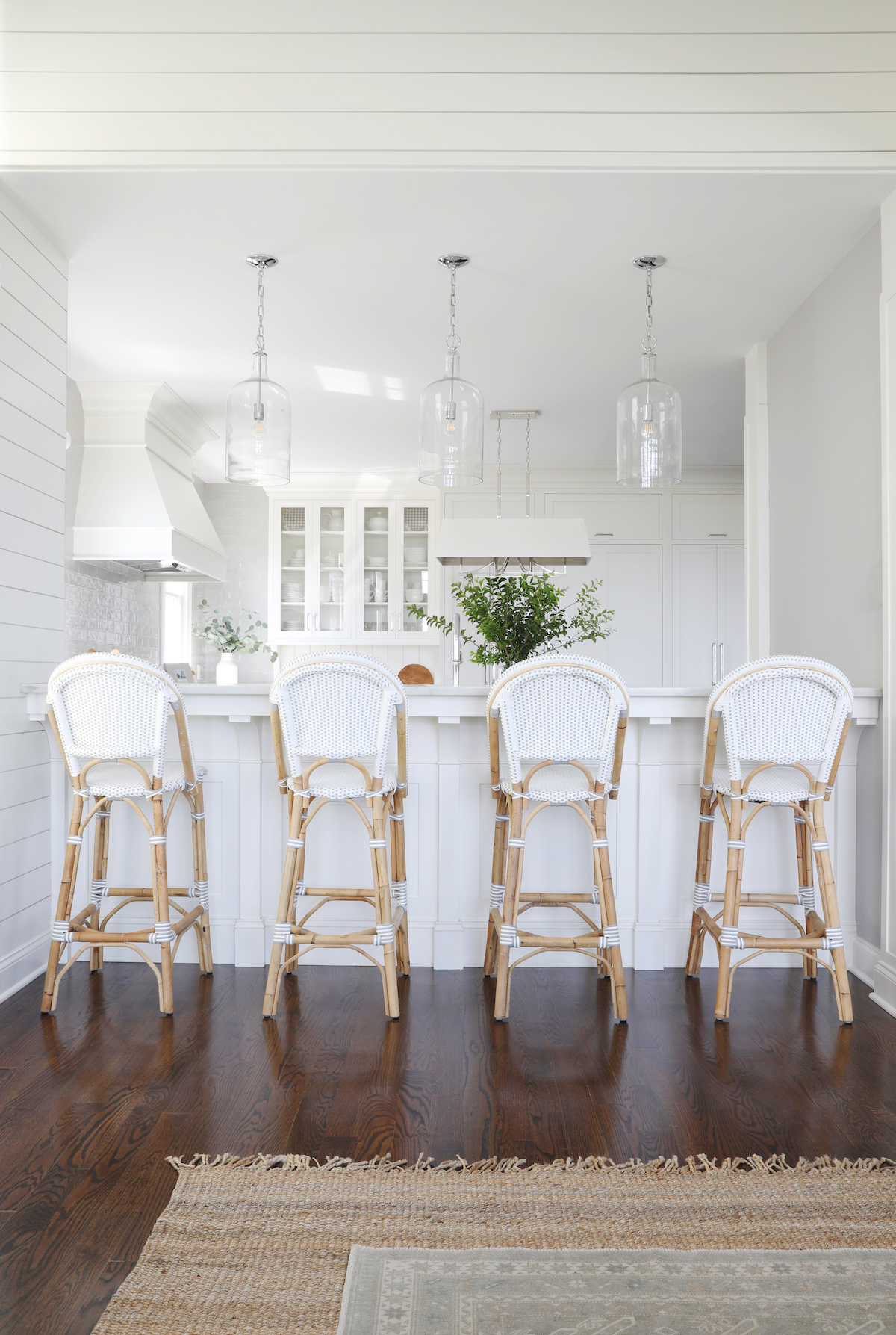
Having spent over ten years as a pharmacist, I can see where your desire to bring wellness to others came from. How did your previous career path shape what you do as a designer?
As a pharmacist, I’ve spent several years filling prescriptions, counseling patients, and in general, helping people feel better. When someone comes to you feeling physically unwell and you’re able to make a recommendation that positively affects their health and wellbeing, that’s a powerful thing. Helping people feel “well” with the surroundings in their home can be just as powerful. Good design is more than just aesthetics—it has the ability to create balance and inspire calm—the basic concept behind Well by Design.
In the world of pharmacy, a lot of your time is spent listening to patients and it’s extremely important that you listen closely to what they’re telling you. Learning to listen as a healthcare provider has only helped me listen more closely to clients during the design process. In its most primitive form, being a pharmacist means catching mistakes. Translate this over to the design world, and paying close attention to tiny details is sort of my OCD-specialty.
My unofficial entry into interior design began early. I grew up decorating my own bedrooms and watching my grandmother draw her own design plans. She had the decorated house that everyone talked about—and over the years—design is something my grandmother, my mother, my sister, and I have all come to enjoy. However, my “official” journey into interior design began when I started taking classes several years ago at New York School of Interior Design concluding with my degree in healthcare interior design. My time at NYSID was incredibly collaborative between design students and healthcare professionals and really allowed us to examine more sustainable, eco-friendly, and less-toxic materials. We also looked at studies showing recovery rates when patient rooms contained natural light and views to nature vs. when they did not—and as you can probably guess—we could all use the health benefits of natural light. In healthcare design, what a space is used for, how the space is used, and the efficient flow of that space are super important. Each of these concepts can also be applied to residential design and I always have them in the back of my mind when designing a space.
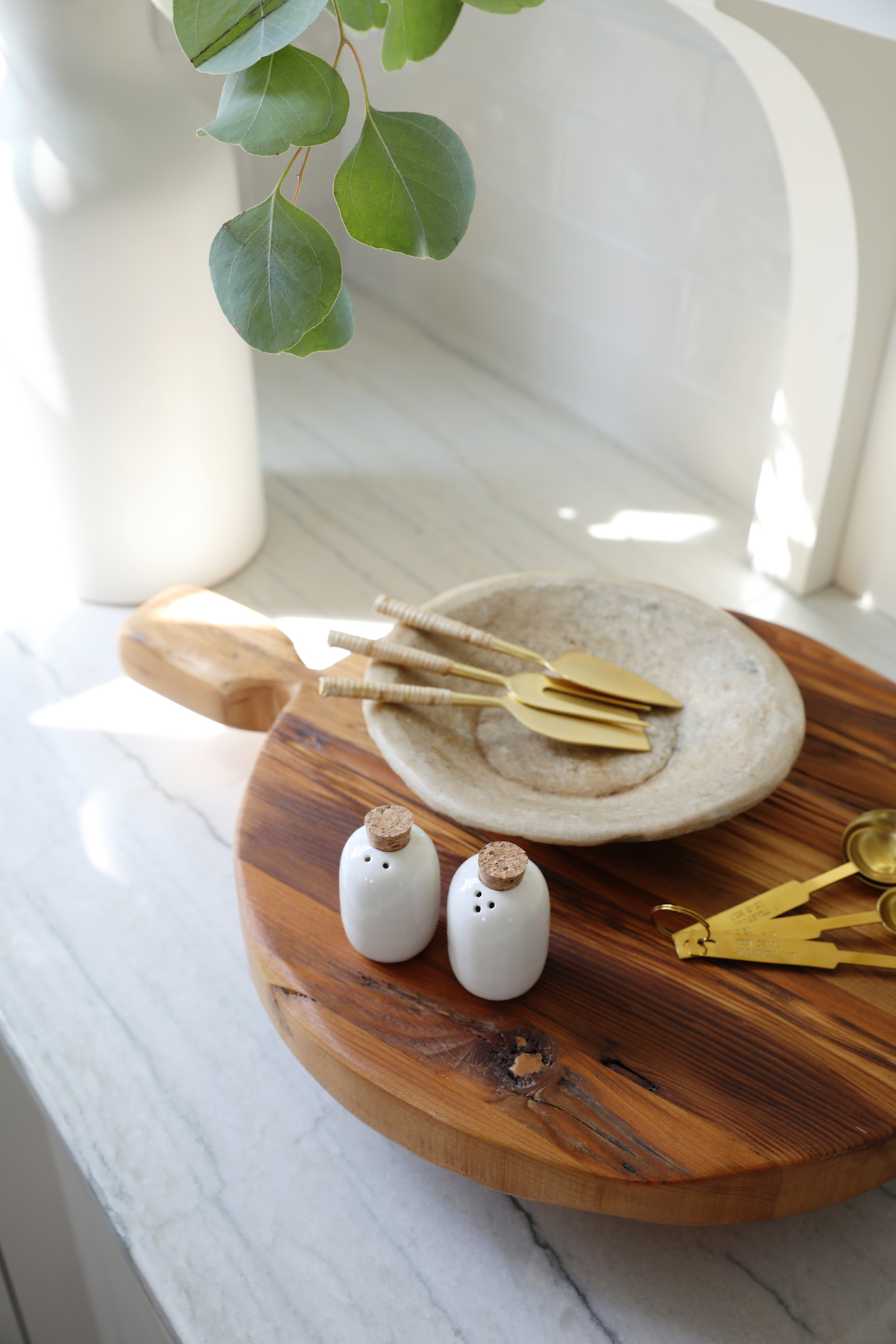
The home you’re sharing today looks tremendously welcoming and serene. I feel cozier just looking at it. Can you tell us a bit about this space?
We were fortunate to start with a really great canvas and foundation in this home, so furnishing it was a dream. The homeowners wished to keep the majority of the walls Smoke Embers by Benjamin Moore because when you’re gazing out at the ocean on an overcast day, it’s actually difficult to tell where the walls end and the ocean begins. This home really blends into and complements its coastal surroundings. In order to balance out the otherwise cool tones of the home, I made it my mission to bring in warmth and texture through wood, rattan, and jute materials as well as brass accents throughout. We embraced a bit of negative space throughout the home as the homeowners wished to keep this vacation home casual and spacious but also functional and still well-appointed. Sometimes more is more, and other times less really can be more.
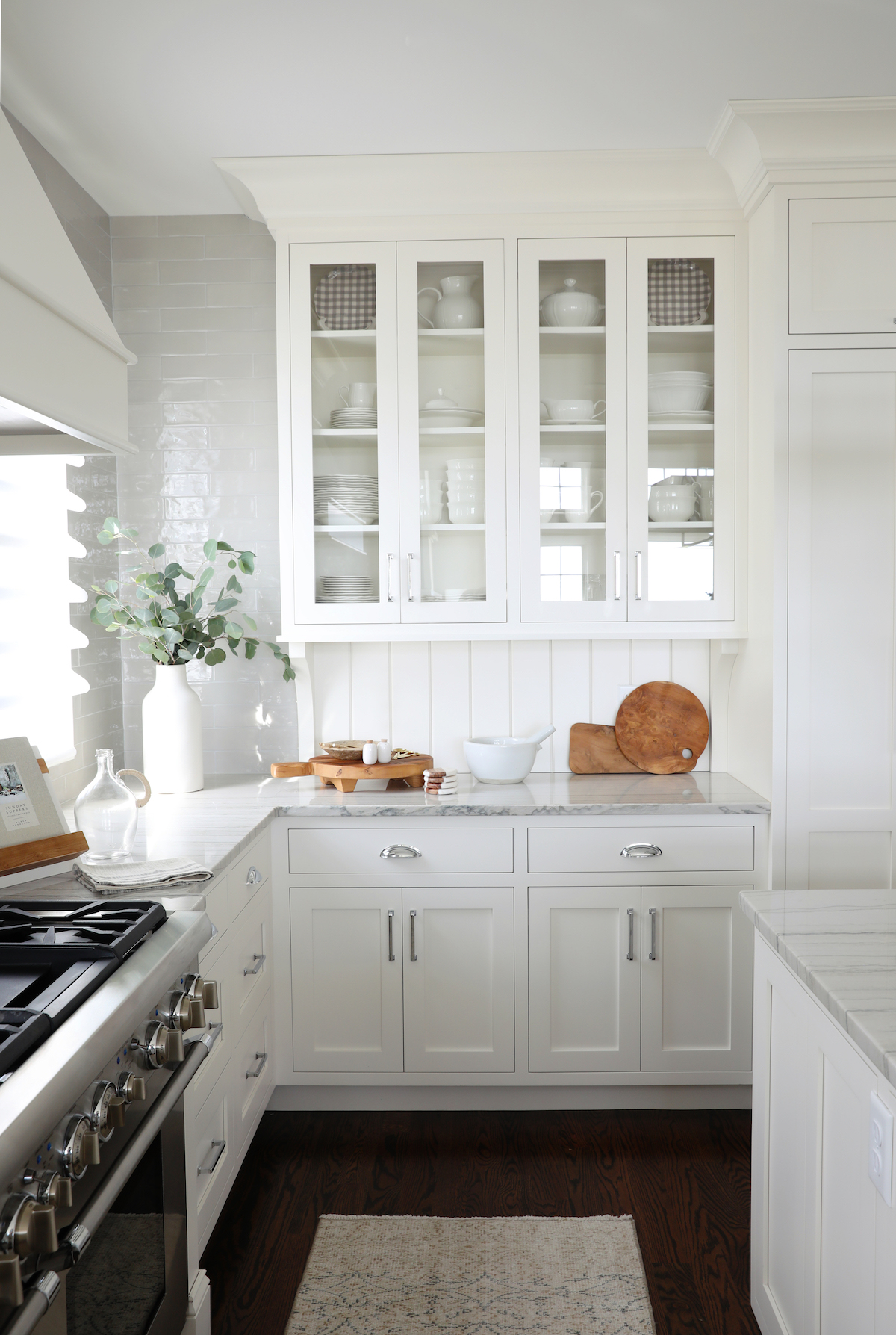
I am obsessed with the woven chandelier above the dining nook. If you could take one element from this project home with you what would it be?
First of all, me too. And that’s a really tough decision… it would be a toss-up between said glorious rattan chandelier or the incredible vintage area rug in the great room!
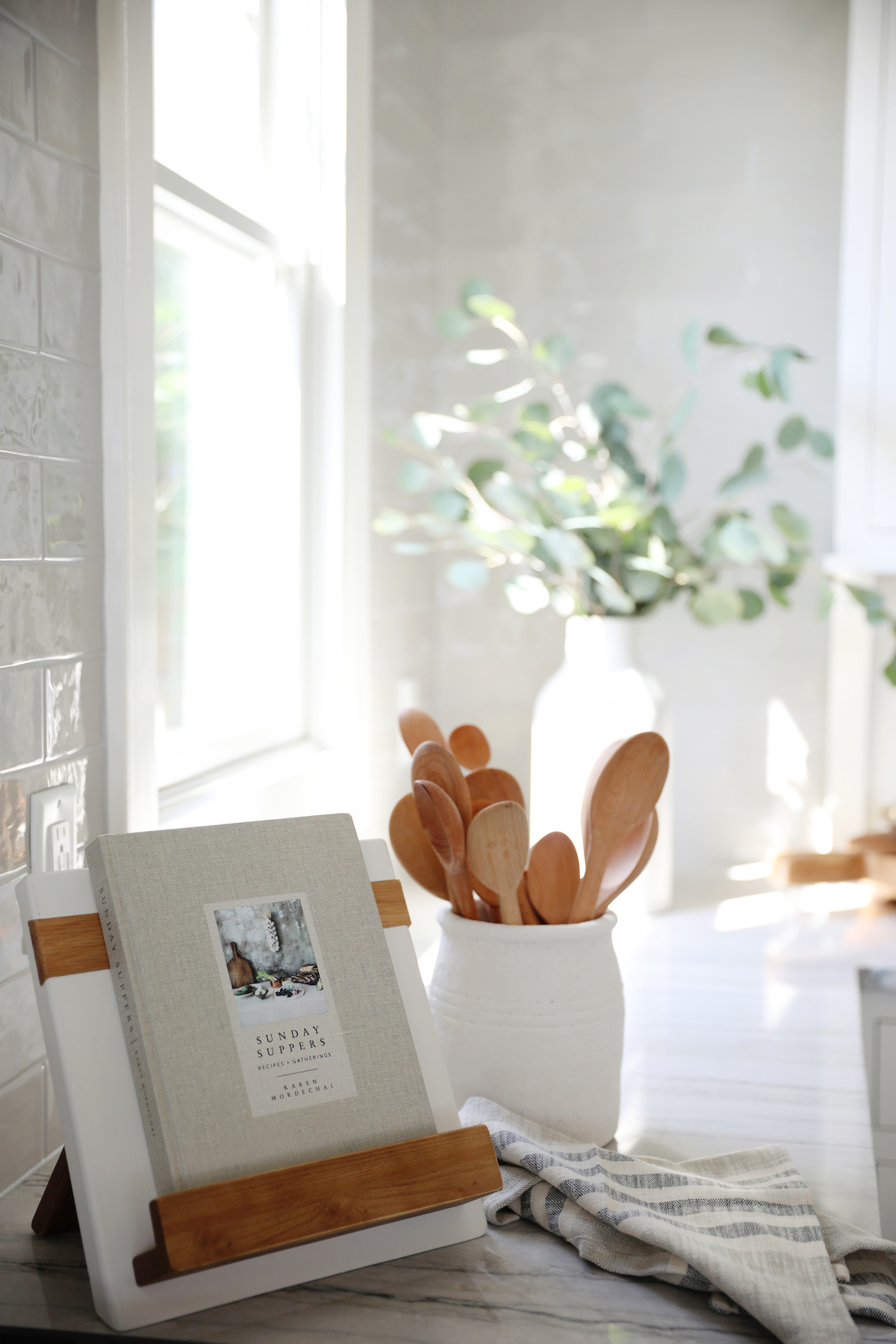
As a designer who aims to bring balance and calm into her clients’ lives, how do you manifest these elements in your own life? Any daily routines, mantras, or wellness products you swear by?
I’m also a registered yoga teacher and practice yoga regularly. Yoga has brought so much calm into my otherwise crazy-busy life and reminded me regularly that it isn’t about what you can do so much as it is about how you do it. I think we all under-estimate the power of our breath. When we’re tense and anxious we breathe more shallowly but when we breathe deeply and match our inhales to our exhales (I try for a count of 4 most often) we can actually promote relaxation and calm our ever-racing minds. It sounds simple but focusing on taking slower, deeper breaths is so helpful in my day-to-day. I’m also a firm believer in my Berkey filtered water and starting every day with a made bed or at the very least, pulling the sheets up nice and neat!
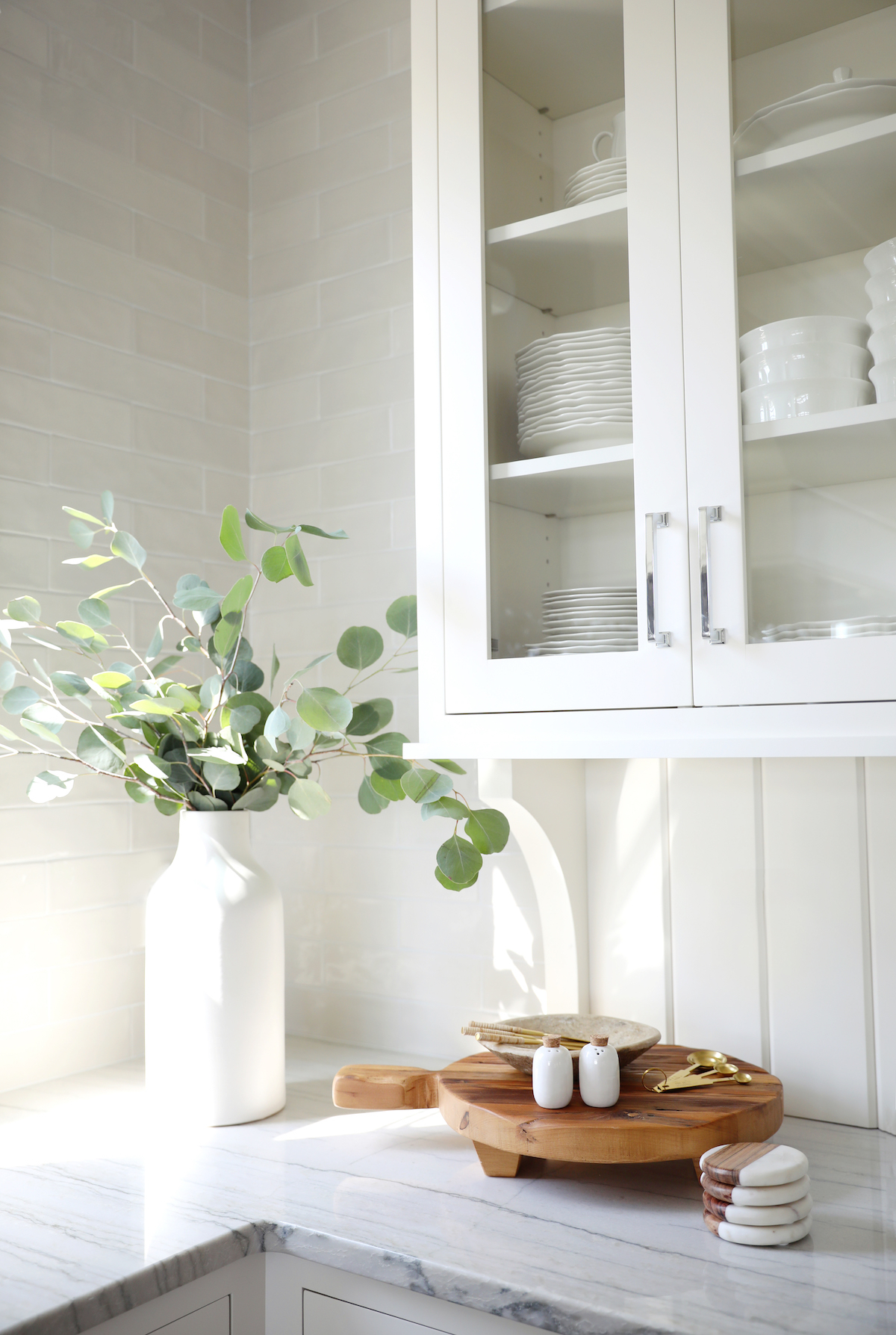
You’ve shared that you donate a portion of each project’s fee to a different charity each month. We’d love to hear more about that.
When I started Well by Design, I did so with one of my primary goals being to give back. For me personally, this is something I look for in companies I shop with. Up to ten percent of each project’s design fee is donated to a different charity, non-profit, or foundation selected for that particular month. I’m also happy to donate the designated amount to a charity of the client’s choosing when possible. Well by Design focuses on supporting organizations striving to promote health, wellness, and shelter for all. It’s important to me that clients know these aren’t just design fees but that they are positively impacting the lives of individuals.
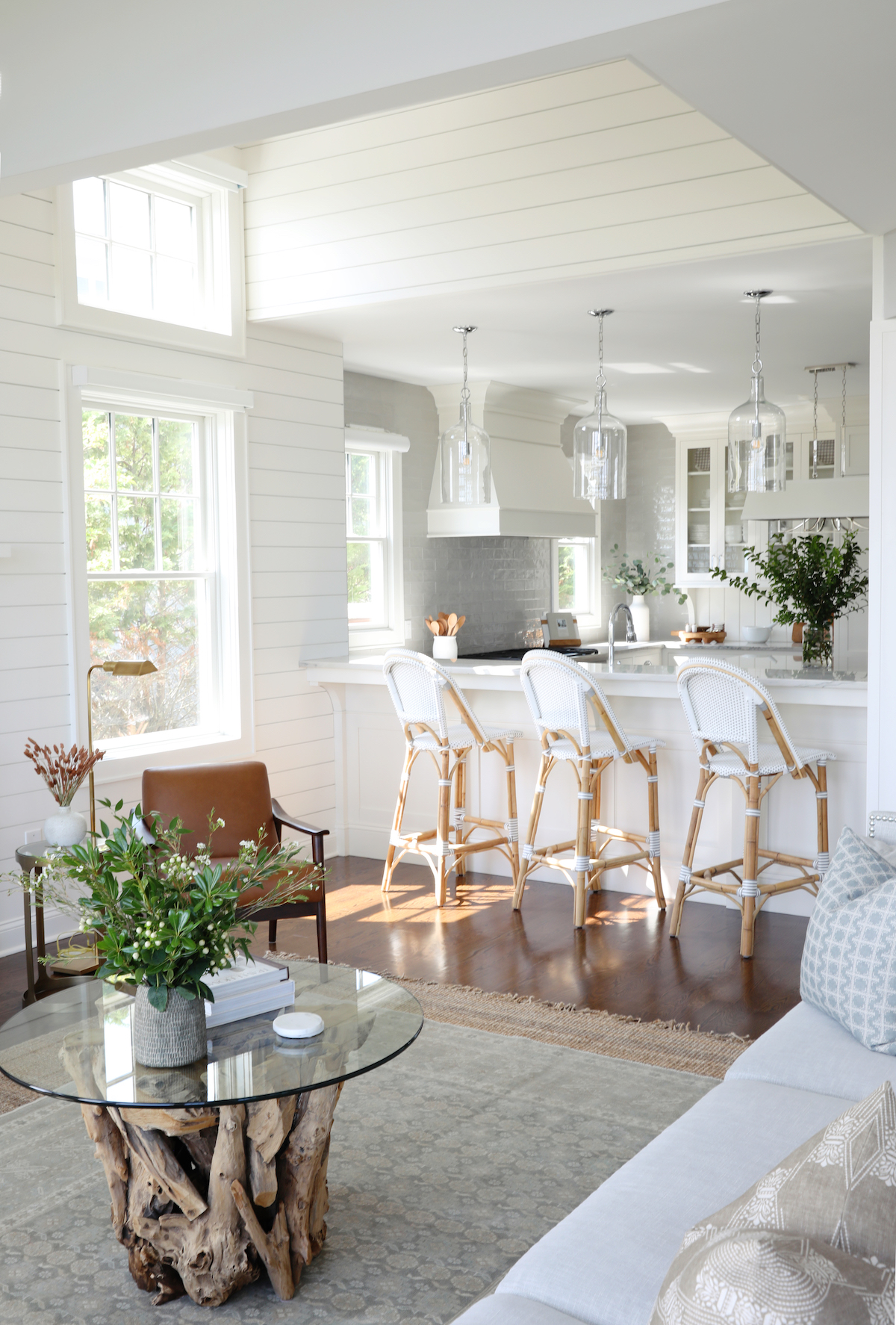
Is there a moment in this home that truly embodies your company’s guiding principle?
If I had to choose only one, it would be the vintage oil painting on the vanity in the primary bathroom. While placing artwork on a bathroom vanity may be a bit controversial, these vanities are large and the homeowners loved its placement at a spot they could enjoy regularly. I love sourcing unique vintage items from small businesses and this moment embodies entirely just that. The painting is special because it gives a nod to coastal living of the past but it also helped inform the color palette for this present-day space.
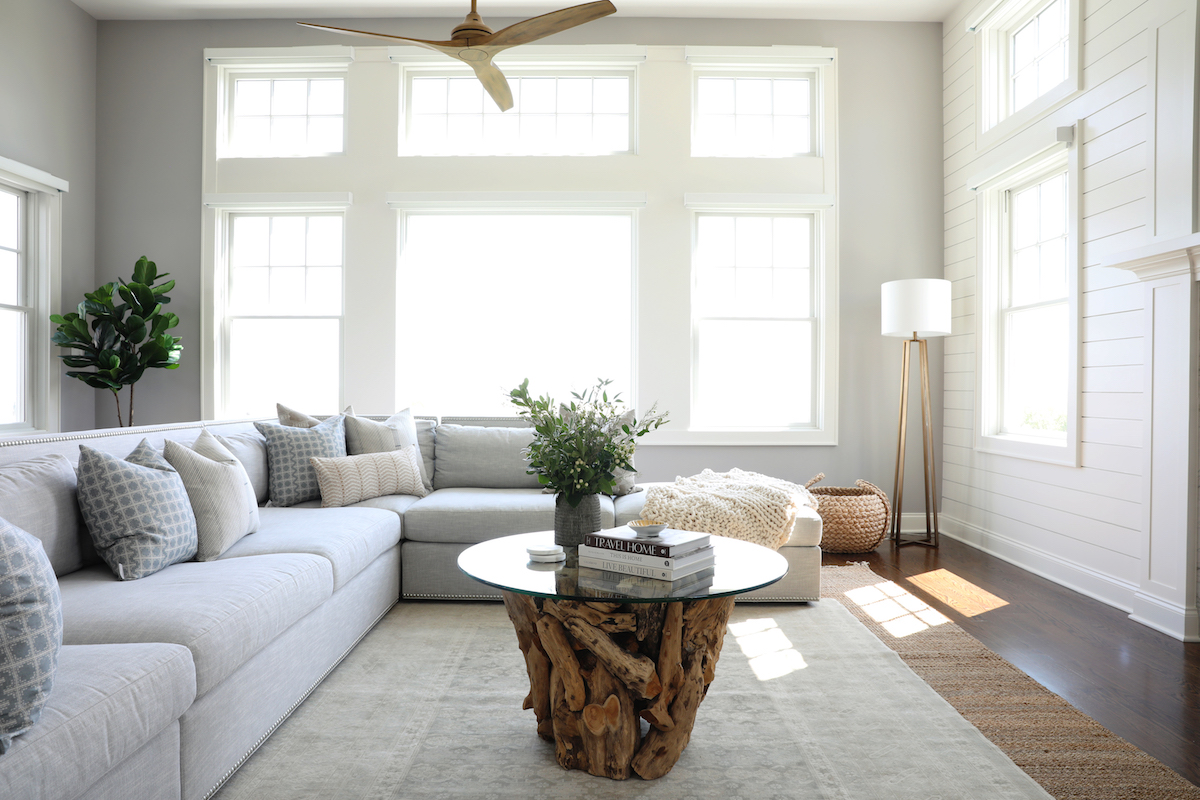
You offer two unique virtual consultation experiences, as well as in-person collaborations. Can you tell us about the process of a virtual design consultation?
A virtual design consultation is the easiest and most accessible way for me to work with clients. I’m continually amazed at the amount of ground that can be covered during a virtual consult! A one-time consultation, this two-hour time block is a perfect option for those who need a second opinion, have design dilemmas, or just want to get a feel for what it would be like to work together. We can discuss paint options, furniture layout, how to make your space function to better accommodate how you live, or simply source furnishings together via screen-share. Prior to our meeting, clients are asked to complete a brief mini-questionnaire to help facilitate and maximize our time together. Following the consult, I provide a written summary highlighting what we discussed and next steps to take.
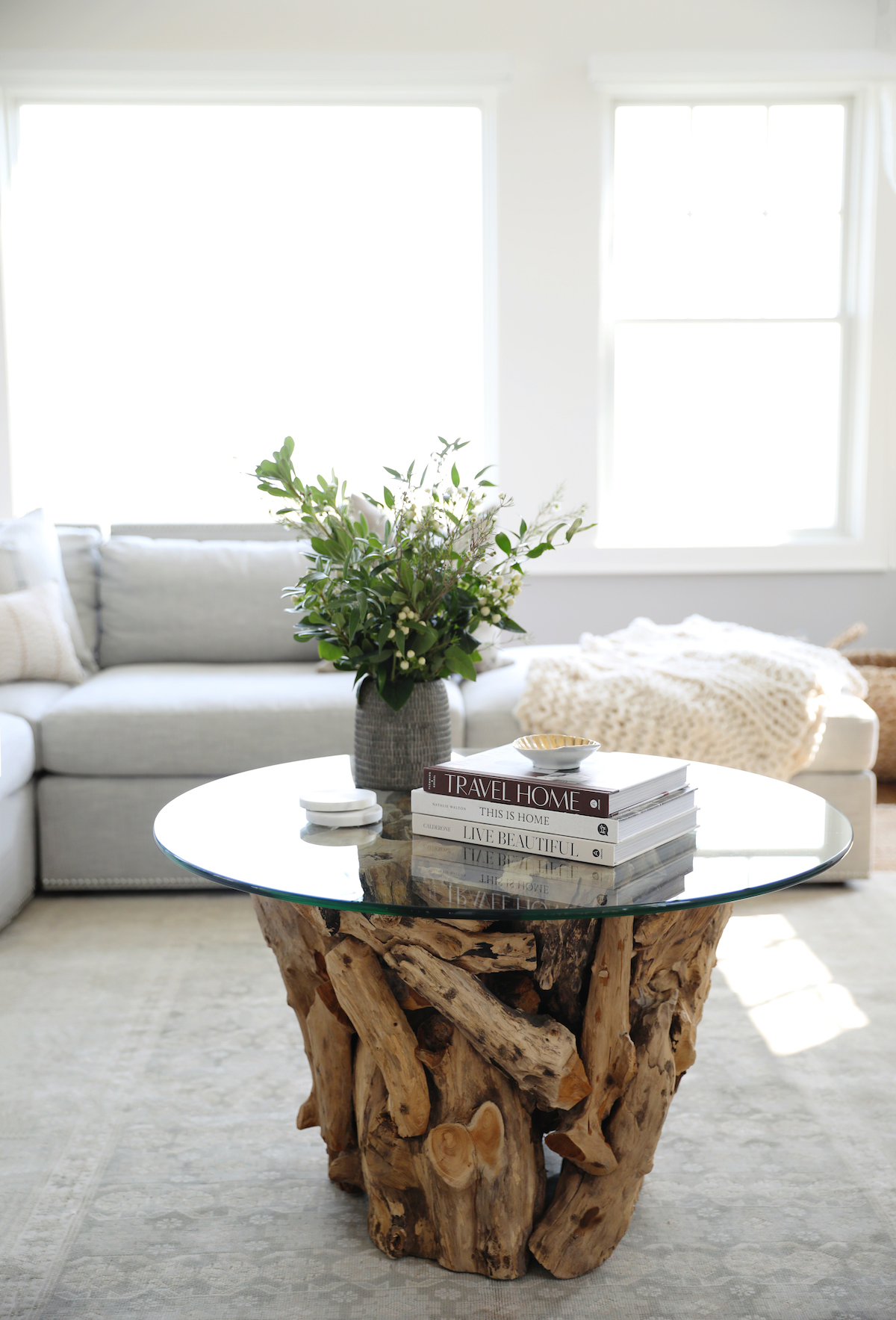
What aspect of design makes you jump out of bed in the morning?
The ability to create and scheme and plan is really what drives me. I look at a room and think “What could this space become?” or “How does this room want to feel?”. Listening to clients and being able to solve their design issues and help create a space they look forward to returning to each day is incredibly rewarding.
You are a Wellness Within Your Walls certified designer; how does this impact your design style and process?
To begin, I have a question on our design questionnaire which asks “How important is the use of sustainable/environmentally-friendly materials and products in your project?” The client is then given a range of options from very important to not important. I want the client to ask themselves this question first and then tell me how important these options are to them—which ultimately helps determine the direction we go. I recommend natural vs. artificial anything, breathable fabrics, and giving a second life to vintage or antique pieces as often as possible. On our website, you can also find a blog post devoted entirely to non-toxic interior design. The majority of our lives are spent in our homes and seemingly insignificant details like what our sofa cushions are filled with and the VOCs emitted from them over time—really do add up.
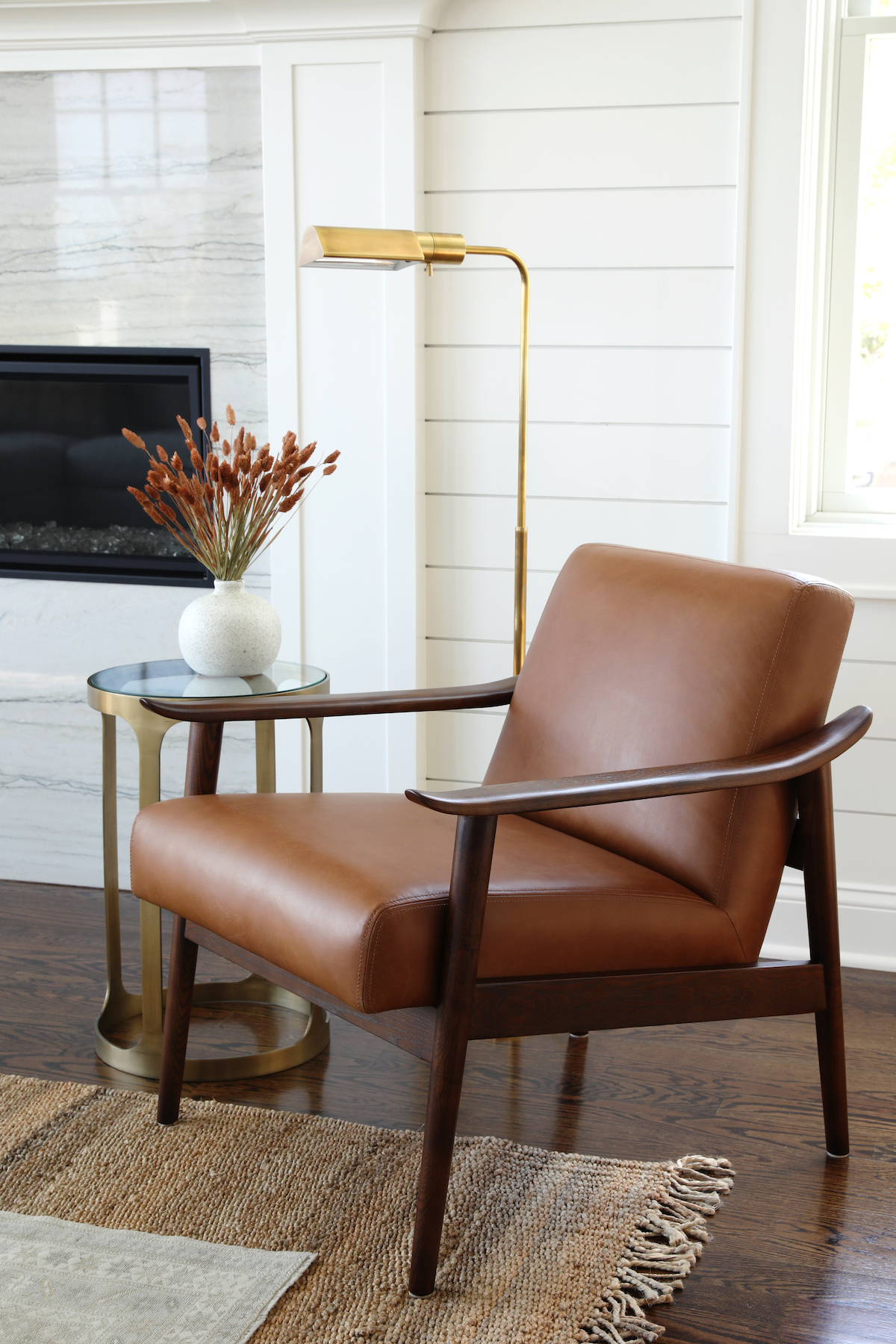
With the abundance of mindfulness you bring to each of your designs, I’m eager to hear what a well-lived home means to you.
I believe a well-lived home can mean something different for everyone. For me personally, it means designing with intentionality—which in turn translates to functionality. Trends will come and go, but when you are able to create something that can withstand trend cycles I think you’ve created a timeless, well-lived home. We’re currently building a modern European home with its fair share of old-world charm. We’ve thought about how we can maximize our use of natural materials, how we will live in the space, the flow of the rooms, which areas will get the most sun exposure… all the way down to whether we want the refrigerator or freezer closest to the kitchen pantry. It’s details like these, and thoughtful, intentional design that can transform a home from simply a dwelling—into a beloved and well-lived in retreat.
Love what you see? Take a peek at the talent behind the story… Interior Design: Well x Design · Photography: Jennifer Lavelle
